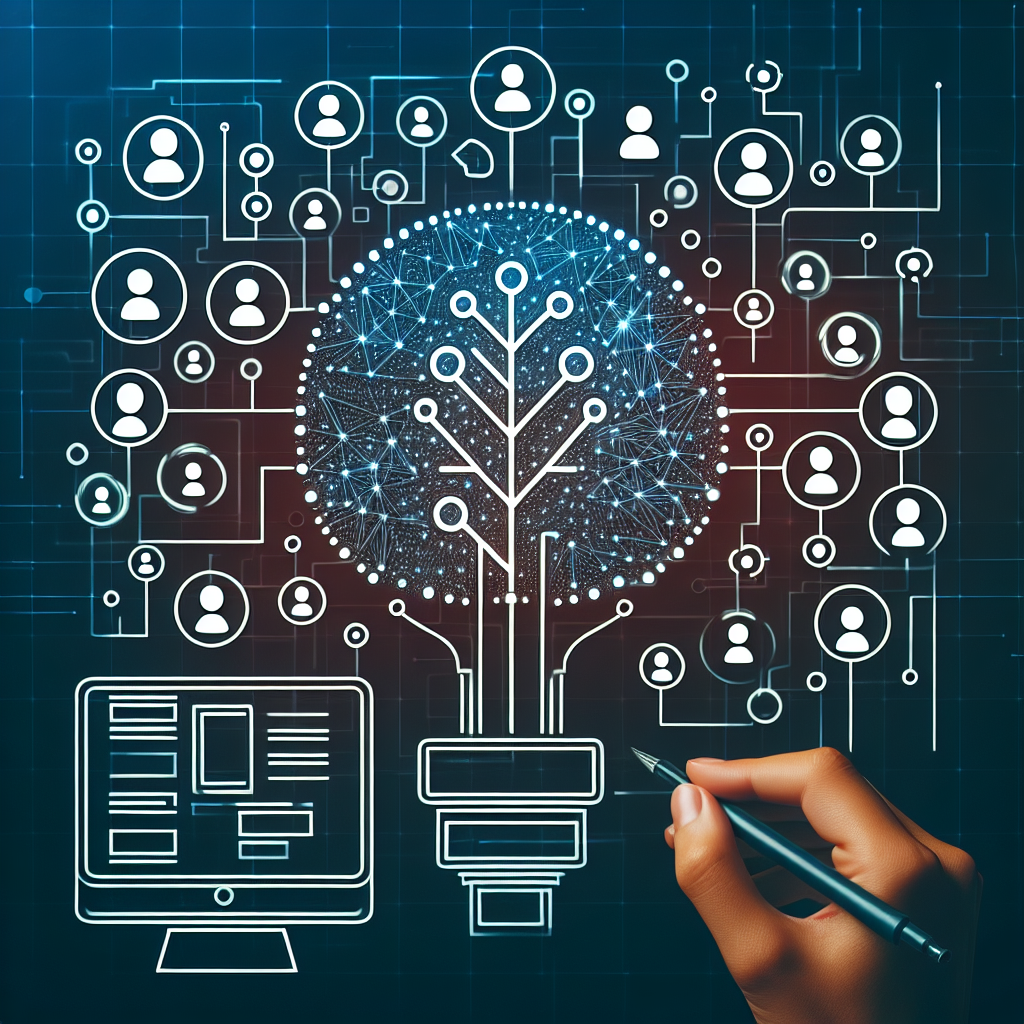Generative AI: The Key to Personalized User Experiences
Artificial Intelligence (AI) has become an integral part of our daily lives, from voice assistants like Siri and Alexa to recommendation algorithms on streaming platforms like Netflix and Spotify. One of the most exciting advancements in AI technology is generative AI, which has the potential to revolutionize the way we interact with technology and personalize user experiences.
Generative AI refers to algorithms that can generate new content, such as images, text, or even music, based on patterns and data it has been trained on. This technology is particularly powerful when it comes to creating personalized user experiences, as it can tailor content and recommendations to individual preferences and needs.
One of the key applications of generative AI in personalized user experiences is in content generation. For example, companies like OpenAI have developed language models like GPT-3, which can generate human-like text based on a prompt. This technology can be used to create personalized product recommendations, chatbots, and even personalized marketing messages.
Generative AI can also be used to create personalized visual content. For example, StyleGAN, developed by Nvidia, can generate hyper-realistic images of faces, animals, and even landscapes. This technology can be used to create personalized avatars, product images, and even virtual environments for online experiences.
Another exciting application of generative AI in personalized user experiences is in the field of music generation. Companies like Amper Music have developed AI algorithms that can compose music based on a user’s preferences and mood. This technology can be used to create personalized soundtracks for videos, games, and even meditation apps.
Overall, generative AI has the potential to transform the way we interact with technology by creating personalized user experiences that are tailored to individual preferences and needs. By harnessing the power of AI algorithms that can generate new content, companies can provide users with truly unique and engaging experiences that keep them coming back for more.
FAQs:
Q: How does generative AI work?
A: Generative AI works by training algorithms on large datasets of patterns and data. These algorithms can then generate new content based on the patterns they have learned. For example, a language model like GPT-3 can generate text based on a prompt it is given, while a visual model like StyleGAN can generate images based on certain parameters.
Q: What are some real-world applications of generative AI?
A: Generative AI has a wide range of applications in various industries. Some examples include personalized product recommendations, chatbots, virtual environments, and even music composition. Companies like OpenAI, Nvidia, and Amper Music are leading the way in developing generative AI technologies for these applications.
Q: How can generative AI improve personalized user experiences?
A: Generative AI can improve personalized user experiences by creating content and recommendations that are tailored to individual preferences and needs. By generating content that is unique and engaging, companies can create more impactful user experiences that keep users coming back for more.
Q: Are there any ethical concerns related to generative AI?
A: There are ethical concerns related to generative AI, particularly around issues of bias and misuse. For example, language models like GPT-3 have been criticized for generating biased or harmful content. Companies developing generative AI technologies need to be mindful of these concerns and implement safeguards to prevent misuse.
In conclusion, generative AI is a powerful technology that has the potential to revolutionize personalized user experiences. By harnessing the ability of AI algorithms to generate new content, companies can create truly unique and engaging user experiences that are tailored to individual preferences and needs. As this technology continues to evolve, we can expect to see even more innovative applications of generative AI that enhance the way we interact with technology and personalize user experiences.

